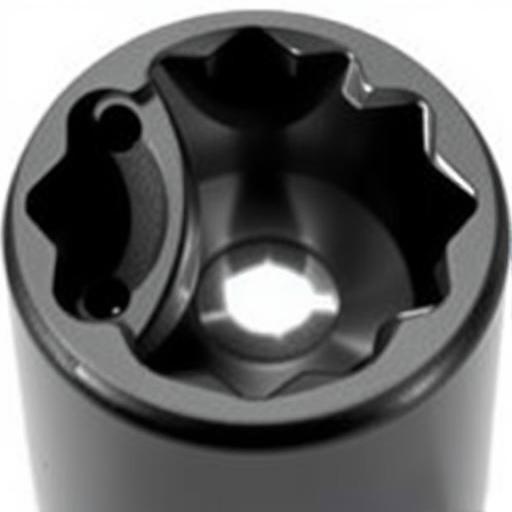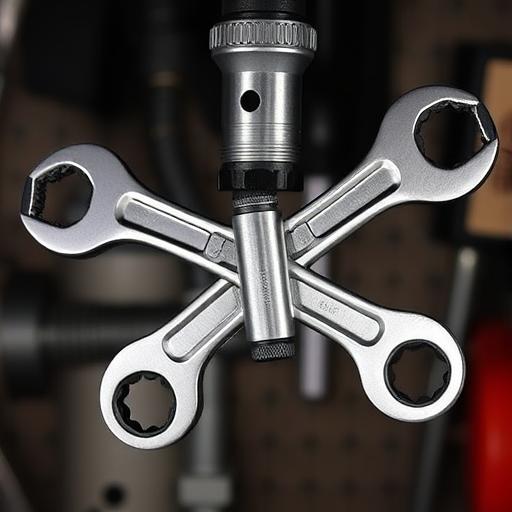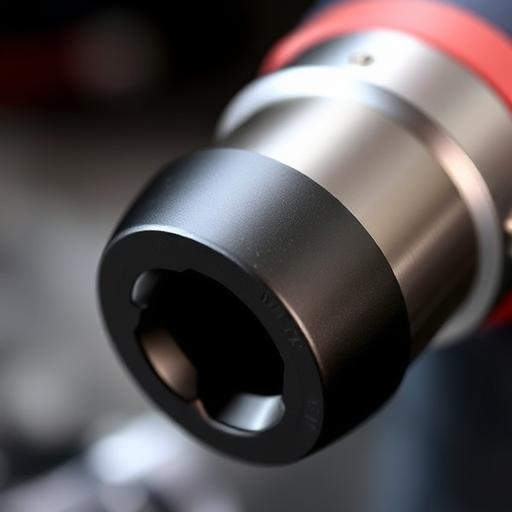Bi Hexagonal vs Hexagonal Socket
The world of fasteners and sockets is diverse, with various designs catering to specific applications and industries. Two common socket types, bi-hexagonal and hexagonal, are often used interchangeably but have distinct differences in design, functionality, and application. This article explores the differences between bi-hexagonal and hexagonal sockets, delving into their geometry, performance, and practical uses to help you make an informed decision for your specific needs.
Understanding Socket Types
What Is a Bi-Hexagonal Socket?
A bi-hexagonal socket, also known as a double-hex or bi-hex socket, features a unique geometry with dual hexagonal sections or modified angles. This design provides improved torque transfer and load distribution, making it suitable for high-stress applications. Bi-hexagonal sockets are commonly used in industries that require high precision and reliability, such as aerospace and heavy machinery.
- Key characteristics: dual hexagonal sections, improved torque transfer
- Common applications: aerospace, heavy machinery, high-precision industries
What Is a Hexagonal Socket?
A hexagonal socket, also known as a hex socket, is a traditional and widely used socket type. It features a single hexagonal shape, providing a simple and effective way to engage with hexagonal fasteners. Hexagonal sockets are commonly used in various industries, including automotive, construction, and consumer electronics.
- Key characteristics: single hexagonal shape, simplicity, compatibility
- Common applications: automotive, construction, consumer electronics
Key Design and Structural Differences
Geometric Comparison
The primary difference between bi-hexagonal and hexagonal sockets lies in their geometry. Bi-hexagonal sockets feature dual hexagonal sections or modified angles, whereas hexagonal sockets have a single hexagonal shape. This difference affects the socket’s performance, particularly in terms of torque transfer and load distribution.
Load Distribution and Stress Analysis
The bi-hexagonal design provides improved load distribution and stress analysis compared to the traditional hexagonal socket. The dual hexagonal sections or modified angles help to distribute the load more evenly, reducing the risk of damage to the socket or fastener.
Manufacturing and Material Considerations
The manufacturing process for bi-hexagonal and hexagonal sockets differs due to their unique geometries. Bi-hexagonal sockets require more complex manufacturing processes, potentially involving specialized tooling and precision engineering. Material selection also plays a crucial role, as the socket’s material must be able to withstand the stresses and loads imposed upon it.
Mechanical Advantages and Limitations
Performance in High-Torque Applications
Bi-hexagonal sockets generally outperform hexagonal sockets in high-torque applications due to their improved torque transfer and load distribution capabilities. The dual hexagonal sections or modified angles provide a more secure engagement with the fastener, reducing the risk of stripping or damage.
Durability and Longevity Considerations
The durability and longevity of bi-hexagonal and hexagonal sockets depend on various factors, including material selection, manufacturing quality, and application conditions. Bi-hexagonal sockets tend to be more resistant to wear and damage due to their improved load distribution and stress analysis.
Practical Applications and Use Cases
Industries Favoring the Bi-Hexagonal Socket
Bi-hexagonal sockets are commonly used in industries that require high precision and reliability, such as aerospace, heavy machinery, and high-performance automotive applications. The improved torque transfer and load distribution capabilities make them an ideal choice for demanding environments.
Industries Favoring the Hexagonal Socket
Hexagonal sockets are widely used in various industries, including automotive, construction, and consumer electronics. Their simplicity and compatibility make them a popular choice for many applications, particularly those that do not require the high level of precision and reliability offered by bi-hexagonal sockets.
Tool Compatibility and Ease of Installation
Both bi-hexagonal and hexagonal sockets are compatible with standard tools, although the specific tooling required may vary depending on the application. Bi-hexagonal sockets may require specialized tools or adapters to take full advantage of their unique geometry.
Choosing the Right Socket for Your Application
Factors to Consider in Socket Selection
When selecting a socket for your application, consider factors such as load requirements, torque transfer, material compatibility, and industry standards. The choice between bi-hexagonal and hexagonal sockets depends on the specific demands of your application.
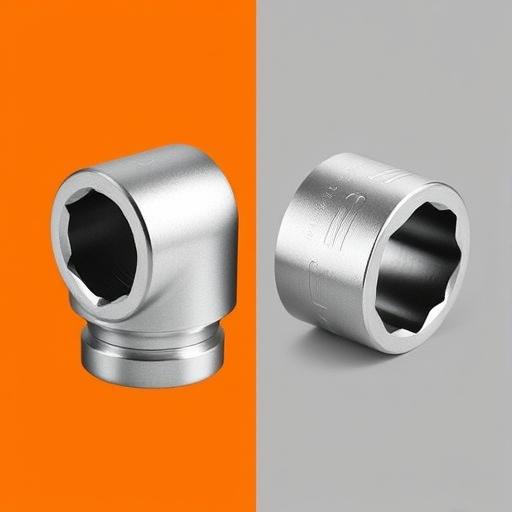
Comparative Analysis and Recommendations
A comparative analysis of bi-hexagonal and hexagonal sockets reveals that bi-hexagonal sockets offer improved performance in high-torque applications and demanding environments. However, hexagonal sockets remain a viable choice for many applications due to their simplicity and compatibility.
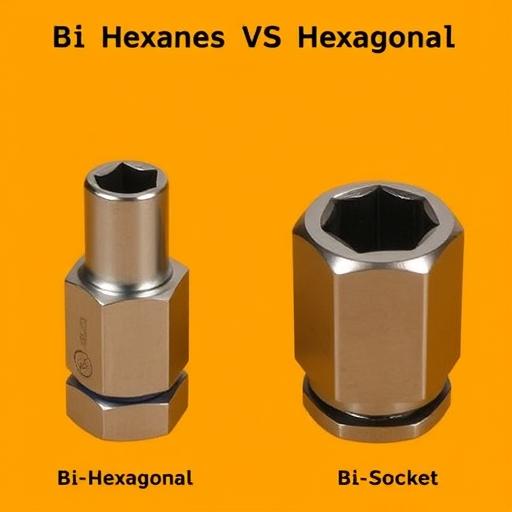
The Future of Socket Design and Innovation
Trends in Socket and Fastener Technology
The future of socket design and innovation is influenced by emerging technologies, materials, and industry trends. Advances in materials science and manufacturing processes are likely to drive the development of new socket designs and improved performance characteristics.
Potential for Hybrid Designs
The potential for hybrid designs that combine elements of bi-hexagonal and hexagonal sockets is an area of ongoing research and development. Such designs could offer improved performance, increased versatility, and enhanced compatibility.
Conclusion
Summary of Key Takeaways
In conclusion, bi-hexagonal and hexagonal sockets have distinct differences in design, functionality, and application. Bi-hexagonal sockets offer improved torque transfer and load distribution, making them suitable for high-stress applications. Hexagonal sockets remain a popular choice due to their simplicity and compatibility. By understanding the differences between these socket types, you can make an informed decision for your specific needs.
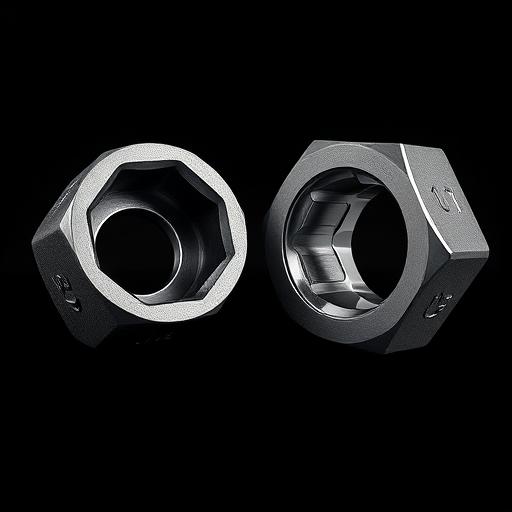
Frequently Asked Questions (FAQs)
Q: What is the primary structural difference between a bi-hexagonal socket and a hexagonal socket?
A: The primary difference lies in the geometric design; bi-hexagonal sockets feature dual hexagonal sections or modified angles, while hexagonal sockets have a single hexagonal shape.
Q: Which socket type is more suitable for high-torque applications?
A: Bi-hexagonal sockets are generally more suitable for high-torque applications due to their improved torque transfer and load distribution capabilities.
Q: How do manufacturing processes differ for bi-hexagonal versus hexagonal sockets?
A: Bi-hexagonal sockets require more complex manufacturing processes, potentially involving specialized tooling and precision engineering, whereas hexagonal sockets can be manufactured using more traditional methods.
Q: Are there industry-specific standards that favor one design over the other?
A: Yes, certain industries have standards or guidelines that favor one design over the other, depending on the specific requirements and regulations of that industry.
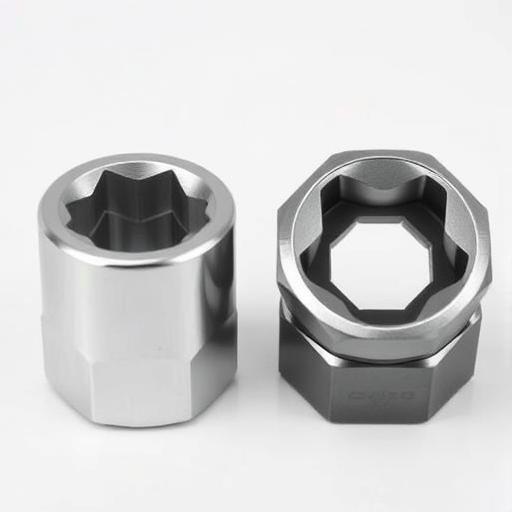
Q: Can a bi-hexagonal socket be used as a direct replacement for a hexagonal socket in common applications?
A: While bi-hexagonal sockets can be used in some applications where hexagonal sockets are used, compatibility and installation differences should be carefully considered to ensure a proper fit and function.

